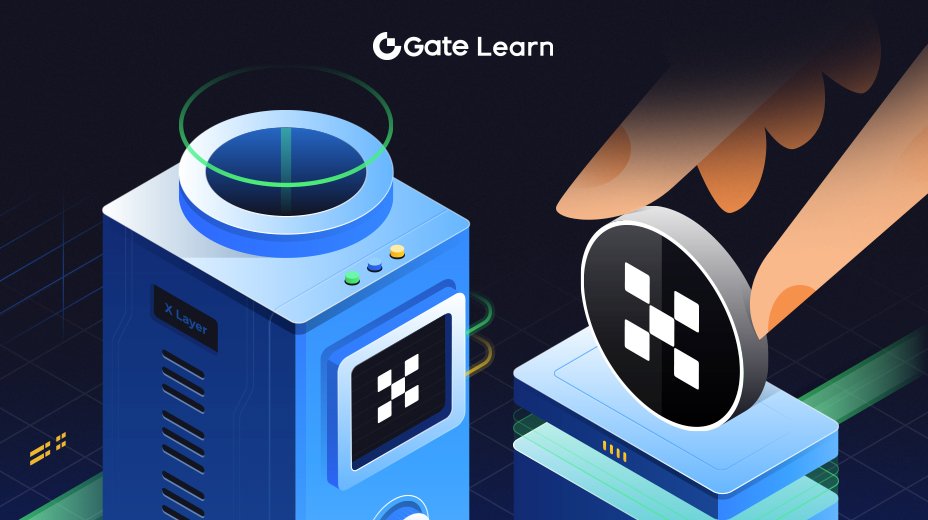Kava EVM - Building Decentralized Applications
This lesson examines the capabilities and benefits of Kava EVM, blending Ethereum's smart contracts with Cosmos SDK features, thereby creating a fertile ground for innovative dApp development.

Kava EVM is an essential element of the Kava blockchain, integrating Ethereum’s smart contract capabilities with the advanced functionalities of the Cosmos SDK. This integration results in a powerful, EVM-compatible smart contract execution platform.
Kava EVM uniquely combines the familiar Ethereum smart contract ecosystem with the advanced features of Cosmos, offering Ethereum developers an enriched environment for dApp development. Using the Cosmos SDK in Kava EVM not only ensures compatibility with Ethereum’s functionalities but also enhances the blockchain’s performance, scalability, and interoperability.
Examples
- Kava Lend - A lending platform where users can borrow or lend their cryptocurrency assets in exchange for interest. It’s the dApp with the highest TVL on the Kava blockchain, indicating significant user trust and activity.
- Kava Mint - Operating under the category of Collateralized Debt Position (CDP), this platform allows users to deposit cryptocurrency as collateral to mint a stablecoin, usually pegged to a fiat currency’s value.
- Kava Earn - A yield aggregator that helps users to maximize the return on their cryptocurrency holdings by automatically moving assets between different earning opportunities.
- Kava Liquid - Falls under liquid staking, which probably enables users to stake their cryptocurrencies and receive a liquid token in return, allowing them to participate in other dApps while still earning staking rewards.
- Hover - Another lending platform within the Kava ecosystem, where users can engage in borrowing and lending activities, similar to Kava Lend but with a smaller TVL.
- Kinetix - Appears to be a single-chain dApp focused on lending as well, possibly with a unique feature set or target audience given its similar TVL to Hover.
- Counterstake - A cross-chain platform, which likely facilitates the movement of assets between different blockchains, enhancing interoperability. Its operation across five chains indicates its multi-chain capability.
- WAGMI - This is categorized under Decentralized Exchanges (Dexes), and with a name like WAGMI (“We’re All Going to Make It”), it’s likely a platform for exchanging various crypto assets without the need for an intermediary.
- Stargate - Another cross-chain application, but with a presence on 13 chains, suggesting a more extensive network reach. It focuses on enabling transactions or smart contract interactions across multiple blockchains.
- Curve DEX - The name suggests it’s related to Curve Finance, a well-known decentralized exchange for stablecoins. Operating on 13 chains, it likely allows users to swap between assets with low slippage.
Key Features of Kava EVM
Speed and Efficiency
Kava EVM features a 6-second block time and achieves 1-block finality, ensuring swift and efficient transaction processing. This speed is critical for dApps requiring fast response times and high throughput.
Security and Scalability
The Kava platform, powered by the Tendermint consensus engine, provides a secure and scalable environment. This makes it suitable for a wide range of applications, including those handling substantial transaction volumes.
Interoperability and Cosmos Ecosystem Integration
As part of the Cosmos ecosystem, Kava EVM benefits from the interoperability offered by the Cosmos SDK. This feature facilitates easy interactions and asset transfers across various blockchain networks, further broadening the scope of dApp development.
Support for Smart Contracts
Kava EVM is fully compatible with Ethereum, allowing Solidity developers to leverage their existing knowledge and dApps in the Kava environment. This compatibility is a significant advantage for developers looking to expand their applications’ reach.
KAVA as the Native Gas Token
KAVA serves as the native gas token for transactions within the KAVA IBC and KAVA EVM, underpinning the economic model of the Kava blockchain.
Building dApps: Practical Applications and Case Studies
The Kava EVM stands out as a crucial part of the Kava blockchain. It brings together the best features of the Ethereum Virtual Machine and the Cosmos SDK, creating a unique environment for dApp development. Developers can leverage their expertise in Solidity and Ethereum’s smart contract ecosystem while benefiting from the Cosmos SDK’s scalability, security, and interoperability. Some key features of Kava EVM that facilitate efficient dApp development include:
Speed and Efficiency: With a 6-second block time and 1-block finality, the Kava EVM offers quick and effective transaction execution. This speed is vital for applications requiring high throughput and swift transaction processing.
Security and Scalability: Anchored by Kava’s Tendermint consensus mechanism, Kava EVM provides a robust and scalable infrastructure. It can accommodate a wide array of dApps, even those that need to handle substantial transaction volumes.
Interoperability and Integration with the Cosmos Ecosystem: Being part of the Cosmos ecosystem, Kava EVM benefits from seamless interoperability. This feature opens up a world of possibilities for cross-chain applications and services, enabling developers to access liquidity, users, and functionalities across multiple blockchain ecosystems.
Economic Efficiencies: Transactions on Kava EVM often have more predictable and lower costs compared to Ethereum’s mainnet, especially during periods of network congestion.
Kava EVM facilitates the creation of a wide range of dApps. These can range from DeFi applications, games, NFT platforms, to cross-chain services. The integration of Ethereum and Cosmos features within the Kava network provides developers with a versatile platform for innovative projects, enhancing the Kava ecosystem.
The practicality of building on Kava EVM is further enhanced by the Kava Rise program. This program, with a $750M developer incentive, is designed to support innovative developers in DeFi, GameFi, and NFT verticals on the Kava Network. The program distributes a significant portion of block rewards to developers, creating a truly developer-centric ecosystem.
To facilitate development, Kava offers a range of tools and resources. Developers can use platforms like NOWNodes for seamless integration with Kava’s full nodes, gaining access to on-chain data and the ability to process KAVA transactions and deploy smart contracts effectively. The ability to interact with Kava EVM using JSON RPC methods further simplifies the development process, offering a range of functionalities for efficient dApp creation.
Overall, Kava EVM’s combination of speed, security, scalability, and interoperability, along with the substantial incentives for developers, makes it an attractive platform for building a variety of decentralized applications. The support provided by Kava’s infrastructure, tools, and community ensures a conducive environment for developers to innovate and expand the blockchain and Web3 space.





